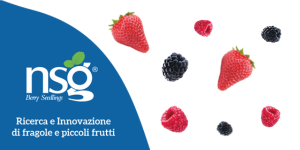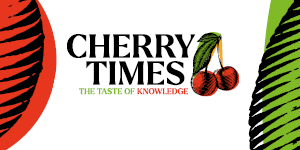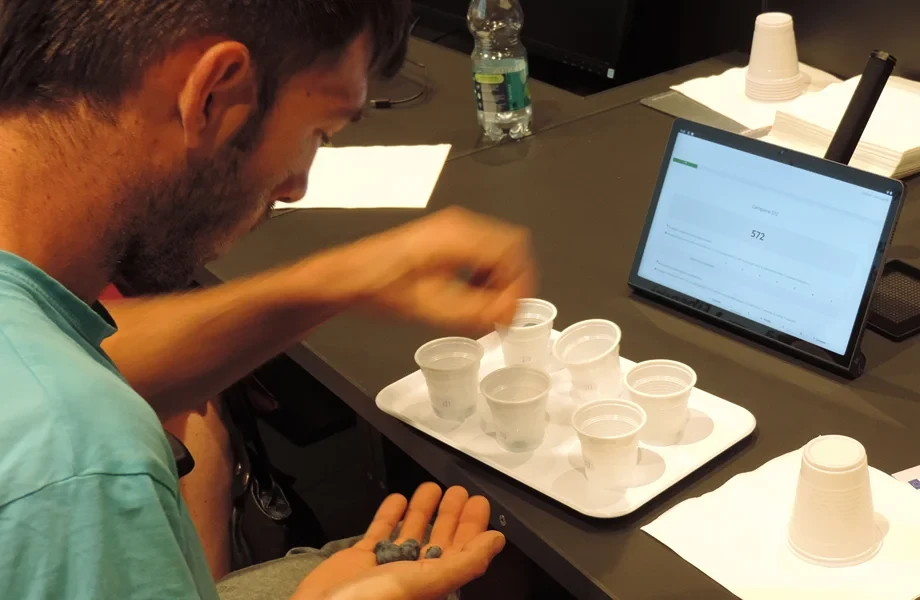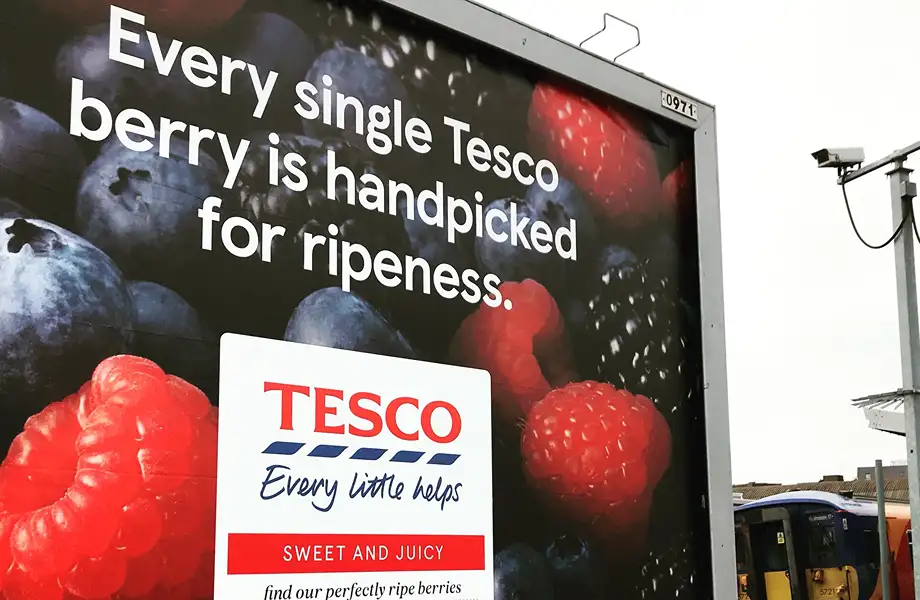If the strawberry meets a mature consumer who is ready to embrace new proposals, both in terms of taste and appearance, the blueberry is experiencing exponential growth in recognition, while the raspberry has great potential that is yet to be explored.
Strawberry, blueberry, and raspberry are the three berries at the core of the international project ‘Breeding Value’ (Horizon 2020), which will conclude in June 2025 after 54 months of work. CNR IBE, the Institute of BioEconomy, was one of the Italian partners in ‘Breeding Value’, and it was specifically tasked with exploring consumer preferences.
When it comes to breeding programs aimed at developing new varieties, sensory evaluation plays a key role in understanding consumers and meeting market needs.
‘Breeding Value’, a project coordinated by the Università Politecnica delle Marche, analyzed the European germplasm of the three berries with the goal of developing interesting pre-breeding material that could accelerate genetic improvement processes.
Sensory approaches and European partners
Within this context, CNR IBE, an institute with expertise in sensory sciences applied to quality assessment and improvement in the agri-food sector, studied the sensory profiles of European strawberries, raspberries, and blueberries: “CNR IBE – said Stefano Predieri, lead researcher of the group ‘Gusto Salute Qualità’ – developed evaluation protocols following two approaches, one sensory and one hedonic, and shared them with the other European partners to ensure comparable data. This also required alignment in terms of language and terminology.”
 Stefano Predieri, lead researcher of the group ‘Gusto Salute Qualità’
Stefano Predieri, lead researcher of the group ‘Gusto Salute Qualità’
The ‘Breeding Value’ project also involved partners from Spain, France, Finland, Germany, Great Britain, Turkey, and Norway. Companies in the sector also took part by responding to open calls, seeking to acquire methodology and train professionals specifically in the sensory evaluation of berries.
“We trained Sensory Project Managers to develop and apply suitable protocols for objectively evaluating the product.”
Consumer desires were examined by researchers using two complementary tools: on one hand, a trained tasting panel was formed to provide detailed evaluations of the sensory qualities of strawberries, blueberries, and raspberries; on the other, the research team conducted in-person consumer sensory tests.
All of this was preceded by an online survey conducted in all participating countries, targeting both stakeholders and consumers.
Sensory analysis and expectations
The goal was to understand consumer expectations and experiences with these berries. “Online surveys are very useful – Stefano Predieri explained – they allow you to select specific consumer groups and analyze the responses of a large and targeted population, which helps in better structuring the local tests.”
These are valuable insights for companies, particularly for breeders but also for growers, helping them make informed varietal choices so that products will be well received when they reach consumers.”
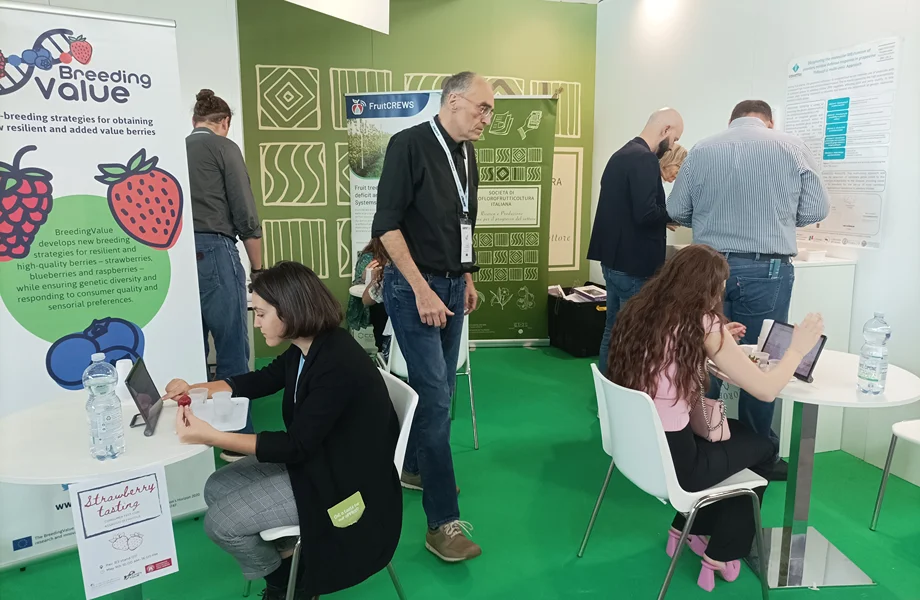
So, what were the findings for blueberry, strawberry, and raspberry regarding the sensory characteristics consumers seek? “Naturally – Predieri continued – we must differentiate among the three berries, and ‘consumer’ cannot be understood as a single entity. Food choices depend on many socio-cultural and psychological factors. However, we can identify common trends or those more suited to specific market segments.”
The ideal blueberry profile
For the blueberry, a clear trend has emerged. The ‘Breeding Value’ project has outlined the portrait of the most appealing blueberry: “There’s still much to be discovered by consumers about blueberries. But the ‘pop crisp’ variety is a winner. These are large berries, with a defined but not overwhelming aroma, and a crisp texture. When the skin breaks, they are juicy, and the mouthfeel is rich and full.”
This releases an interesting taste, a sensation supported by clean, clear aromas. They don’t need to be intense—delicate flavors are fine—as long as they are pleasant: you bite, the blueberry resists, then bursts with juice and delivers sensation,” Predieri explained.
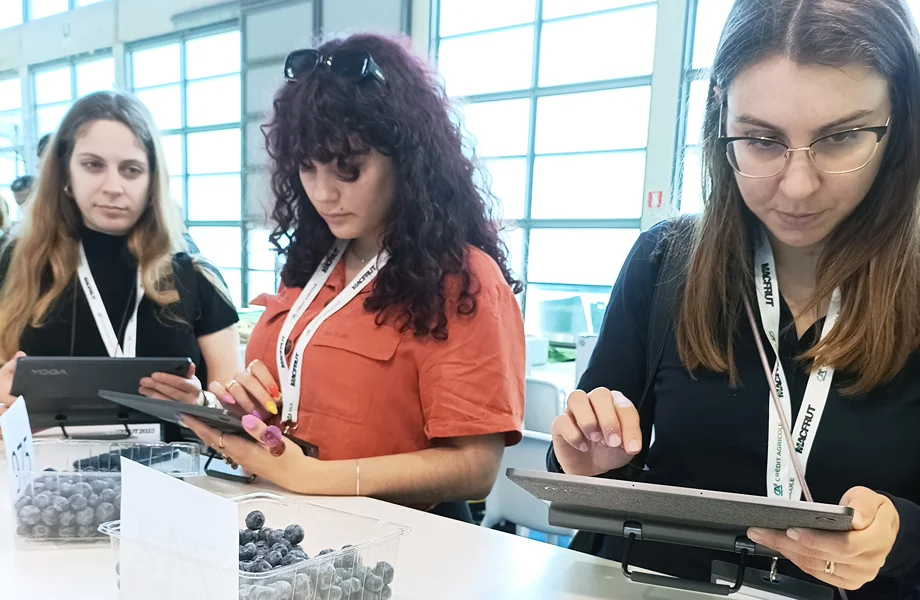
Compared to blueberries, strawberries are both a traditional and innovative reference fruit. Consumers are knowledgeable and eager to try new offerings: “There are some differences among countries. In southern countries, aroma and sweetness are more appreciated, while in the north, a more delicate flavor is preferred. In any case, consumers remain interested, as long as we don’t repeat past mistakes: beautiful but fibrous strawberries have discouraged consumption.”
The potential of raspberries
While strawberries are at the top and blueberries are still climbing, Stefano Predieri personally points to the raspberry: “Now is the time to invest in raspberries. There’s still a lot to be done. Raspberry aroma is highly appreciated, but it struggles with a short shelf life. Our research revealed a trend toward more compact raspberries with larger drupelets.”

Even though ‘Breeding Value’ has reached its end, the results represent a starting point: “The information and analyses carried out will feed into new projects focused on the sustainability of berries and the potential for using them as secondary products, working with by-products to minimize waste.”
Berries are functional foods, particularly important for the most vulnerable groups of the population. ‘Breeding Value’ brought me great personal satisfaction – concluded Stefano Predieri, CNR IBE researcher – it was rewarding to see that shared goals can be achieved with European research partners, and that results can be transferred to forward-thinking businesses capable of implementing them in real-world operations.”
Barbara Righini



